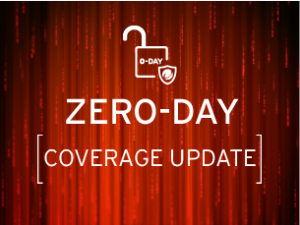5G: Network slicing could result in vulnerabilities

5G networks that incorporate legacy technology could be vulnerable to compromise via a lack of mapping between transport and application layers, according to a report by Ireland-based AdaptiveMobile Security.
Network slicing is central to realizing many of 5G’s more ambitious capabilities because it enables individual access points or base stations to subdivide networks into multiple logical sections—slices—effectively providing entirely separate networks for multiple uses. The slices can be used for different purposes—say, mobile broadband for end-users and massive IoT connectivity—at the same time, without interfering with each other.
Researchers discovered a vulnerability that, if exploited, can enable an attacker on one slice to gain access to data being exchanged on another or, in some circumstances, gain access to the 5G provider’s core network.
One simulated attack described by AdaptiveMobile as a rogue network function belonging to one slice establish a TLS connection to a provider’s network repository function (NRF), a central store of all the 5G network functions in a provider’s network. The rogue function request access to another slice on the same network, and the NRF checks to see whether the rogue slice is allowed. Because both slices share the same network function, as far as the NRF is concerned, it’s a valid request and a token for the target slice could be generated. This could grant the malicious slice access to a great deal of information on the other slice, including personal data.
READ MORE HERE




